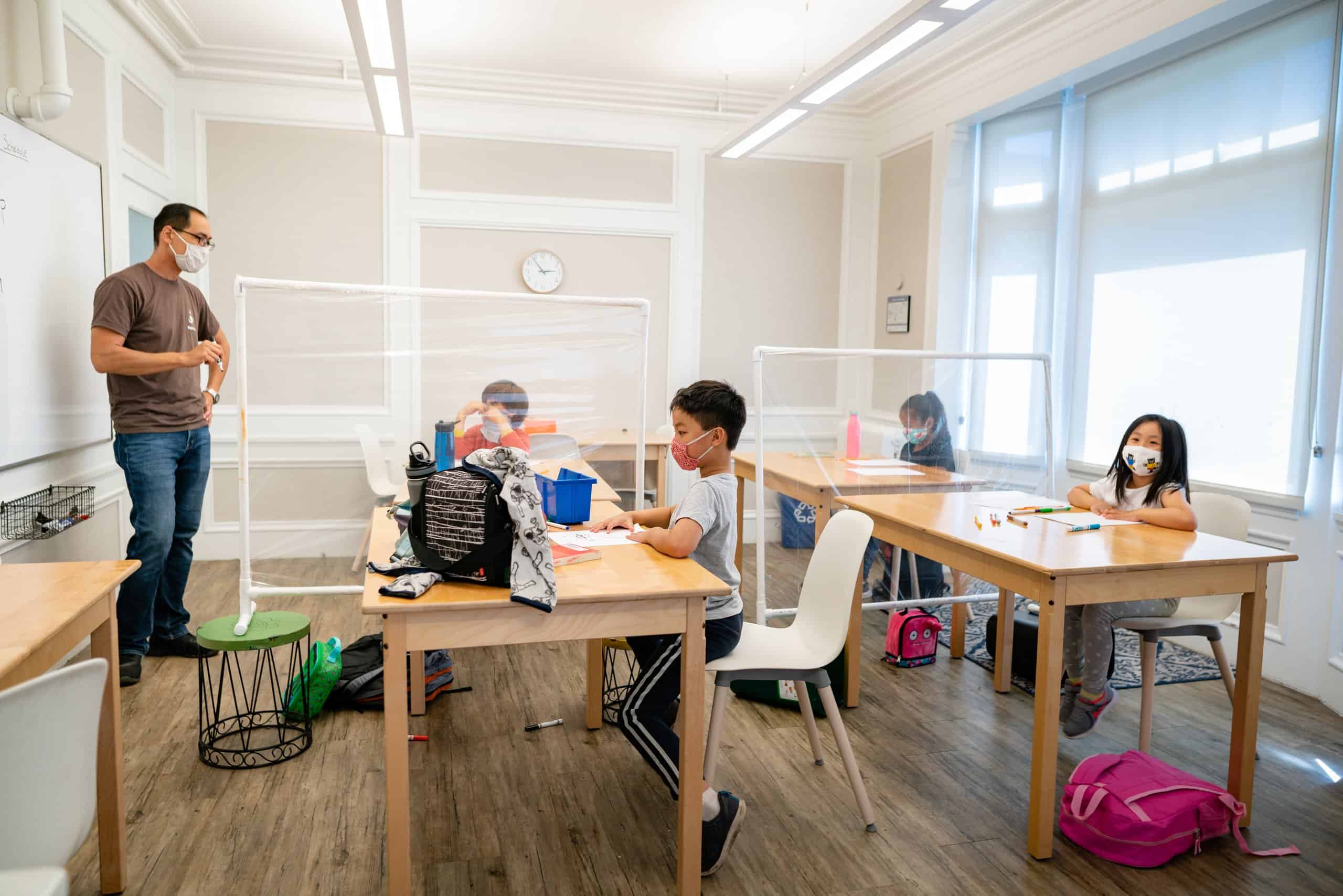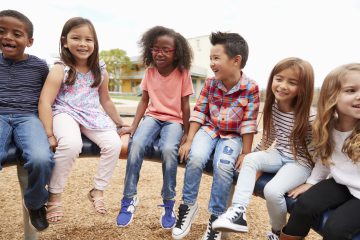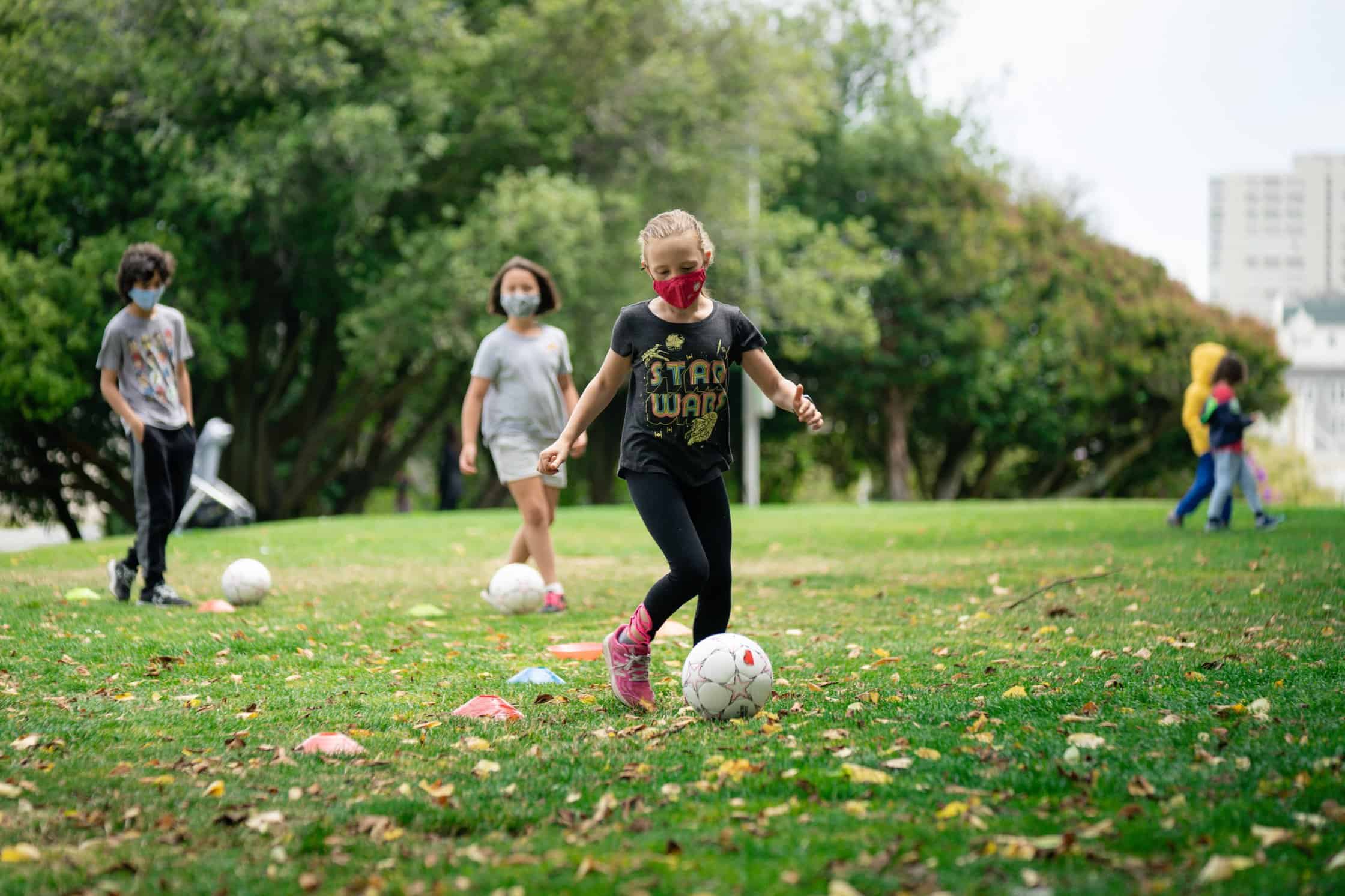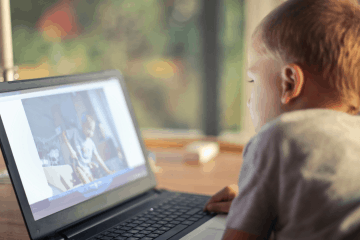Why learning pods are a good choice for your kids during the pandemic

There is no question about it: Children learn best in-person.
But until a COVID-19 vaccine is widely available, most of the 50 million students in the U.S. will rely on remote learning of some form during the 2020-21 school year. That leaves school districts and families trying to strike a difficult balance between safety and high-quality education.
Fortunately, there is a new and innovative education option that offers the best of both worlds: Learning pods.
What are Learning Pods?
A learning pod, also called a “pandemic pod,” micro-school, nano-school or home schooling pod, is a small group of students gathering together to learn. Learning pods are similar to homeschool cooperatives, in which neighbors or families join together to share in the education of their children.
The popularity of the learning pod structure has exploded in recent weeks, and the reasons are clear: They’re safer, they offer a more personalized education experience and they allow for more socialization.
With more than 30,000 public school districts in the U.S., it’s difficult to determine exactly how many are returning to in-person instruction this fall. Education Week found that as of Aug. 18, 20 of the 25 largest districts in the country are only offering remote learning this fall – meaning more than 4 million students will only see their teachers and classmates through a computer screen.
Three Reasons Home Learning Pods Provide Value
No matter where a family is located or how their school is reopening, here are three reasons learning pods are a good choice for students during the pandemic.
-
Health & Safety
As KidzToPros demonstrated this summer, it is possible to safely offer in-person instruction. During a two-month period of KidzToPros on-site summer camps, none of the 3,000+ campers or 192 instructors tested positive for COVID-19.
Running safe in-home learning pods requires strict safety protocols and sanitization procedures. It has become clear that many districts across the country are not prepared or equipped to adhere to those protocols. Many schools that opened for in-person instruction in late July and early August have already switched back to remote-only instruction as students and teachers test positive for COVID-19.
It’s much easier to control the spread of germs within a private home with four or five students than in a school with hundreds of children walking the same hallways.
With learning pods, it is the organizer’s responsibility to create and enforce safety guidelines. For example, pods organized by KidzToPros all follow safety protocols carefully designed to prevent the spread of COVID-19, including daily temperature checks, social distancing and face coverings.
-
Quality of Education
A computer screen can never replace a teacher offering face-to-face instruction. The instant feedback and support network of fellow students and teachers helps ensure no student is left behind.
But when the pandemic started back in March, schools did not have much of a choice as they were forced to switch to online instruction with little time to prepare. Students will fall behind because of that sudden change: Early research from NWEA shows that the average student could begin this school year having lost a third of the expected progress from the previous year because of the switch to online learning.
Although schools are more prepared to offer remote learning this fall, having had the summer months to plan, the benefits of learning in the same room as a teacher are irreplaceable.
Not only do learning pods offer the chance to work with a teacher and other students, they can also offer a more personalized instruction.
Differentiated instruction, which means tailoring instruction to meet individual needs, has been shown to help students of all backgrounds and abilities achieve in school. It is much easier to customize a lesson for a group of five students than a roster of dozens of students.
Within learning pods, teachers can find the strengths, weaknesses and interests of each student and build their lessons around them.
Since traditional school settings are not an option for all students during the pandemic, learning pods offer a better alternative to remote learning.
-
Socialization
A recent study from the American Psychological Association revealed that 71 percent of U.S. parents are worried about the impact the pandemic has had on their child’s social development – and for good reason.
According to the National Education Association, students are far more successful when their social and emotional needs are met through their education. Research shows that Social and Emotional Learning results in better academic performance, improved attitudes and behaviors and reduced emotional distress.
Social and Emotional Learning is difficult to incorporate into online instruction, which is another reason learning pods are a good choice for students during the pandemic. With most pods made up of 4-10 students, learning pods provide the essential opportunity for students to learn, explore and socialize together.
How to Join a Learning Pod
KidzToPros offers three types of learning pods, which are each highly customizable to meet the needs of each student within the pod.
- Distance Learning Pods: Designed to support children who are enrolled in their school’s remote learning program. These pods support and supplement the school’s existing curriculum. A credentialed teacher will work with a pod of students to ensure they understand their schoolwork and complete their assignments.
- Micro-school Pods: Similar to a homeschool cooperative, Micro-school Pods are designed for students who are not enrolled in their local school’s learning program and wish to rely purely on a KidzToPros credentialed teacher for grade-level learning. The KidzToPros teacher will set up grade-specific curricula, provide necessary materials and continually assess each child’s progress.
- Enrichment Pods: For families looking for meaningful activities beyond the learning hours, KidzToPros Enrichment Pods will guide groups of up to eight students through STEM, arts and sports activities. A trained in-person instructor will work with families at home and in the neighboring parks and recreational facilities.
While some families are taking to forming their own learning pods by taking to Facebook groups or asking neighbors to join, KidzToPros offers a safer and more structured pod experience. KidzToPros can handle all the logistics of forming a pod – from matching a student with others in the area to hiring the credentialed teacher – all a family needs to do is reach out.
Want to learn more about KidzToPros Home Learning Pods? Visit our website for information and details about upcoming webinars.



0 Comments